1. Nathan DM, Buse JB, Davidson MB, Ferrannini E, Holman RR, Sherwin R, et al. Medical management of hyperglycemia in type 2 diabetes: a consensus algorithm for the initiation and adjustment of therapy: a consensus statement of the American Diabetes Association and the European Association for the Study of Diabetes. Diabetes Care. 2009; 32:193–203. DOI:
10.2337/dc08-9025. PMID:
18945920.
2. Gong L, Goswami S, Giacomini KM, Altman RB, Klein TE. Metformin pathways: pharmacokinetics and pharmacodynamics. Pharmacogenet Genomics. 2012; 22:820–827. DOI:
10.1097/FPC.0b013e3283559b22. PMID:
22722338.
4. Motohashi H, Sakurai Y, Saito H, Masuda S, Urakami Y, Goto M, et al. Gene expression levels and immunolocalization of organic ion transporters in the human kidney. J Am Soc Nephrol. 2002; 13:866–874. PMID:
11912245.

5. Song IS, Shin HJ, Shim EJ, Jung IS, Kim WY, Shon JH, et al. Genetic variants of the organic cation transporter 2 influence the disposition of metformin. Clin Pharmacol Ther. 2008; 84:559–562. DOI:
10.1038/clpt.2008.61. PMID:
18401339.

6. Stocker SL, Morrissey KM, Yee SW, Castro RA, Xu L, Dahlin A, et al. The effect of novel promoter variants in MATE1 and MATE2 on the pharmacokinetics and pharmacodynamics of metformin. Clin Pharmacol Ther. 2013; 93:186–194. DOI:
10.1038/clpt.2012.210. PMID:
23267855.

7. Wang ZJ, Yin OQ, Tomlinson B, Chow MS. OCT2 polymorphisms and invivo renal functional consequence: studies with metformin and cimetidine. Pharmacogenet Genomics. 2008; 18:637–645. DOI:
10.1097/FPC.0b013e328302cd41. PMID:
18551044.

8. Chen Y, Li S, Brown C, Cheatham S, Castro RA, Leabman MK, et al. Effect of genetic variation in the organic cation transporter 2 on the renal elimination of metformin. Pharmacogenet Genomics. 2009; 19:497–504. DOI:
10.1097/FPC.0b013e32832cc7e9. PMID:
19483665.

9. Becker ML, Visser LE, van Schaik RH, Hofman A, Uitterlinden AG, Stricker BH. Genetic variation in the multidrug and toxin extrusion 1 transporter protein influences the glucose-lowering effect of metformin in patients with diabetes: a preliminary study. Diabetes. 2009; 58:745–749. DOI:
10.2337/db08-1028. PMID:
19228809.

10. Chung JY, Cho SK, Kim TH, Kim KH, Jang GH, Kim CO, et al. Functional characterization of MATE2-K genetic variants and their effects on metformin pharmacokinetics. Pharmacogenet Genomics. 2013; 23:365–373. DOI:
10.1097/FPC.0b013e3283622037. PMID:
23652408.

11. Zhou M, Xia L, Wang J. Metformin transport by a newly cloned proton-stimulated organic cation transporter (plasma membrane monoamine transporter) expressed in human intestine. Drug Metab Dispos. 2007; 35:1956–1962. PMID:
17600084.

12. Xia L, Engel K, Zhou M, Wang J. Membrane localization and pH-dependent transport of a newly cloned organic cation transporter (PMAT) in kidney cells. Am J Physiol Renal Physiol. 2007; 292:F682–F690. PMID:
17018840.

13. Christensen MM, Brasch-Andersen C, Green H, Nielsen F, Damkier P, Beck-Nielsen H, et al. The pharmacogenetics of metformin and its impact on plasma metformin steady-state levels and glycosylated hemoglobin A1c. Pharmacogenet Genomics. 2011; 21:837–850. DOI:
10.1097/FPC.0b013e32834c0010. PMID:
21989078.

14. Le Hir H, Nott A, Moore MJ. How introns influence and enhance eukaryotic gene expression. Trends Biochem Sci. 2003; 28:215–220. PMID:
12713906.

15. Smith NA, Singh SP, Wang MB, Stoutjesdijk PA, Green AG, Waterhouse PM. Total silencing by intron-spliced hairpin RNAs. Nature. 2000; 407:319–320. PMID:
11014180.

16. D'Alessio D. The role of dysregulated glucagon secretion in type 2 diab etes. Diabet Obes Metab. 2011; 13(Suppl 1):S126–S132. DOI:
10.1111/j.1463-1326.2011.01449.x.
17. Taylor R. Insulin resistance and type 2 diabetes. Diabetes. 2012; 61:778–779. PMID:
22442298.

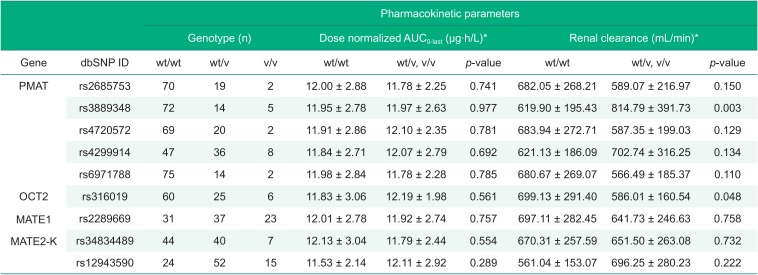
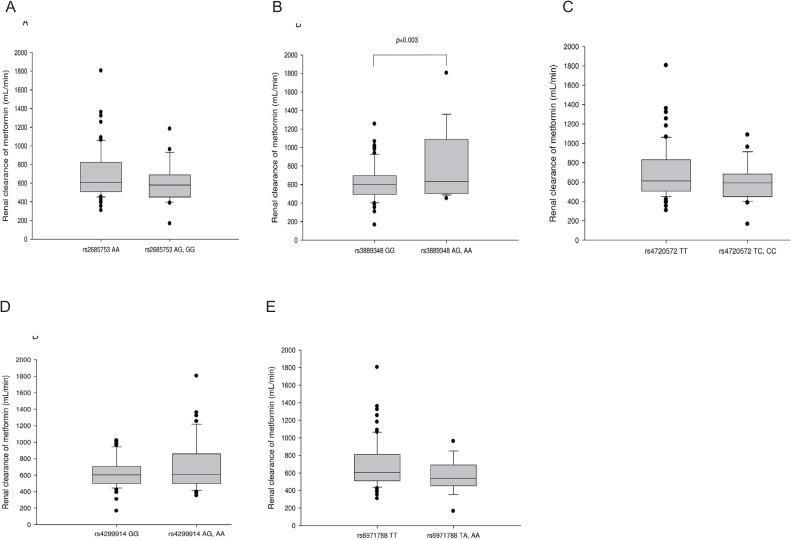
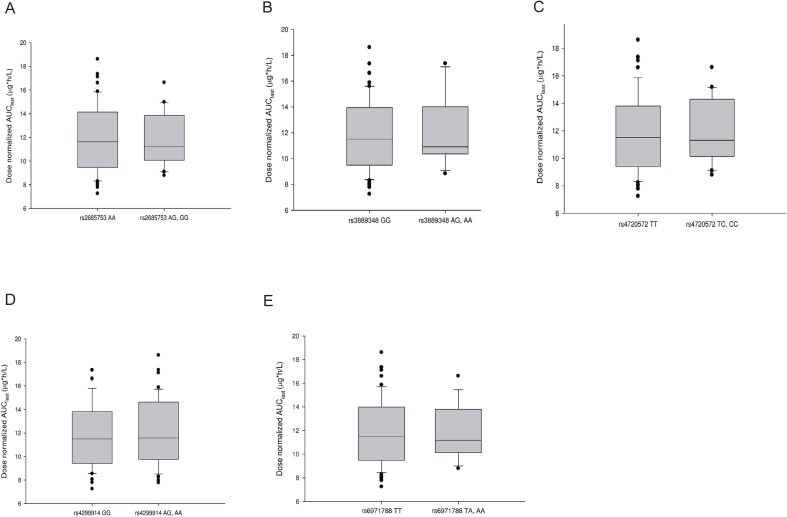
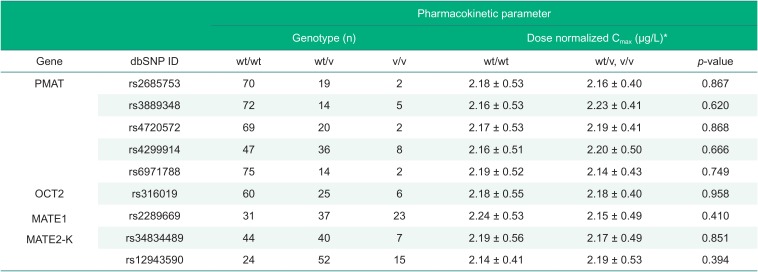




 PDF
PDF ePub
ePub Citation
Citation Print
Print


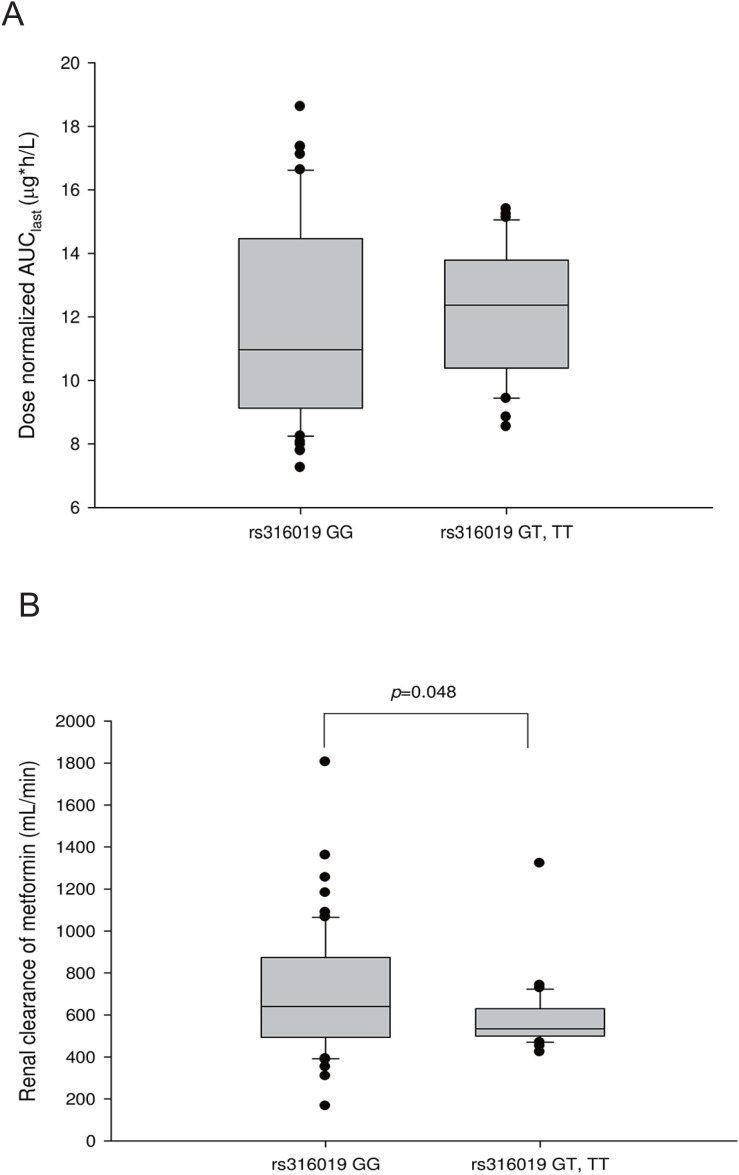
 XML Download
XML Download